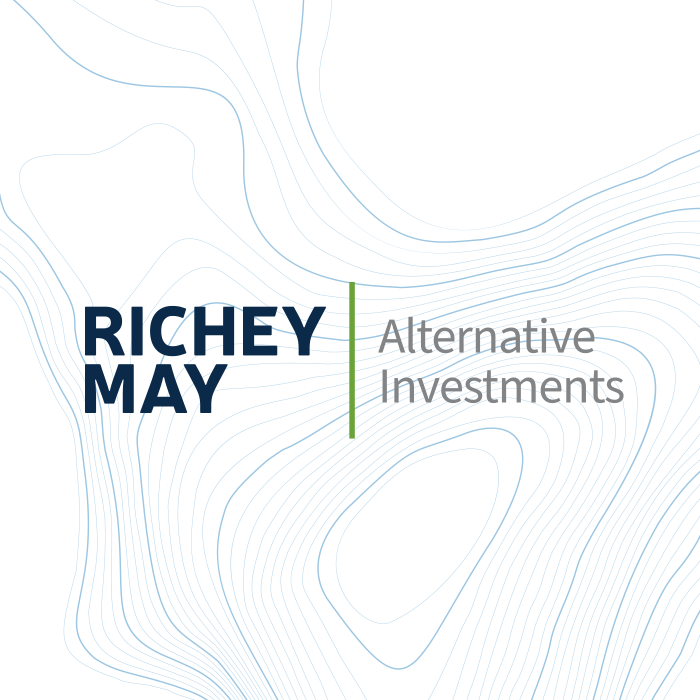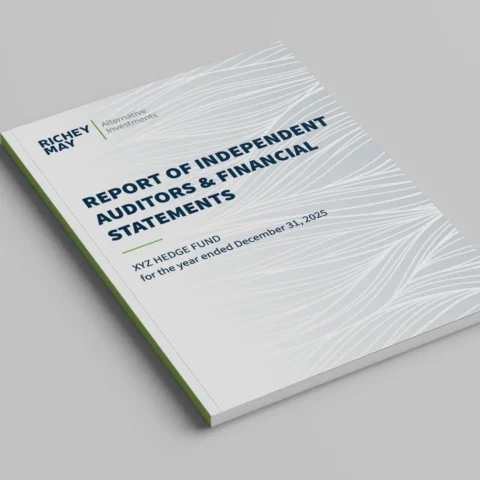After crashing and burning in 2017, Bitcoin is red-hot again, with a 52-week range of $28,600 – $69,000, according to The Motley Fool. At last count, roughly 16 percent of American adults were actively involved in digital assets and over 100 countries were preparing to launch Central Bank Digital Currencies (CBDCs), including the U.K. which plans to mint its own NFT by summer.
That’s a good indicator of the overall health of crypto, which broke the $3 trillion mark in November 2021. It’s also a sign that the U.S. crypto market has reached an inflection point. On the one hand, crypto’s popularity gives America a clear-cut opportunity to assert its financial and technological global dominance. On the other, it poses risks for consumer protection, financial stability, national security and the climate.
That’s why in March 2022, President Biden signed an Executive Order outlining the “first-ever, whole-of-government approach to addressing the risks and harnessing the potential benefits of digital assets and their underlying technology.”
3 Takeaways
What does this mean for investors and fund managers? First and foremost, keep in mind that this a general policy statement reflecting the administration’s views on digital assets versus a specific proposal for regulation.
To sum it up in three main takeaways, the Executive Order:
- Acknowledges the growth and opportunities of the digital asset ecosystem by outlining a policy interest in “responsible financial innovation” and the need to ensure U.S. leadership.
- Identifies several risk areas where digital assets can pose a threat, from consumer protection to national security to the environment.
- Tasks various federal agencies to work together to draft reports, frameworks and action plans to evaluate the challenges and opportunities digital assets present.
7 Priorities
Looking for the U.S. to lead the way in engaging and governing digital assets, the Executive Order lays out a national policy with six key priorities:
- Protect consumers, investors and businesses by directing the U.S. Treasury Department and other agency partners to assess and develop policy recommendations.
- Protect U.S. and global financial stability and mitigate risks by asking the Financial Stability Oversight Council to identify and lessen the impact of systemic financial risks.
- Mitigate risks posed by the illicit use of digital assets by coordinating action across all relevant U.S. government agencies to work with allies and partners on aligning international frameworks, capabilities and partnerships.
- Promote U.S. leadership in the global financial system by directing the Commerce Dept. to establish a framework for driving U.S. competitiveness in digital asset technologies.
- Promote equitable access to safe and affordable financial services to inform our approach to digital asset innovation, especially for communities with long histories of insufficient access to financial services.
- Ensure responsible development of digital assets by supporting technological advances in the design and implementation of digital asset systems that protect privacy and security, combat illicit exploitation, and reduce negative climate impacts.
- Explore a U.S. Central Bank Digital Currency (CBDC) by encouraging the Federal Reserve to continue its research, development and assessment efforts consistent with democratic values.
Benefits
To that last point, the Executive Order clearly states that the U.S. has an interest in remaining at the “forefront” of the “responsible development and design of digital assets,” where its leadership can “sustain United States financial power and promote United States economic interests.” One potential way to do that is to create a CBDC.
The Executive Order also calls out the benefits of digital assets for consumers, noting their potential to expand equitable access to financial services by “making investments and domestic and cross-border funds transfers and payments cheaper, faster and safer.”
Risks
The Executive Order cites a number of specific risks inherent in trading, investing in and using digital assets along with measures to mitigate them, including:
- Data Protection for “sensitive financial data, custodial and other arrangements relating to customer assets and funds”
- Privacy Risk policies to “shield against arbitrary or unlawful surveillance.”
- Risk Disclosures to protect investors against “risks associated with investment.”
- Cybersecurity to guard against cyber-attacks at major digital asset exchanges and trading platforms and their associated financial losses.
- Systemic Risk by making digital asset issuers, exchanges and other intermediaries comply with “regulatory and supervisory standards that govern traditional market infrastructures and financial firms.”
- National Security and Illicit Finance Risks ranging from terrorism financing to cybercrime, and the need to “ensure appropriate controls and accountability” for digital asset systems.
- Climate and Pollution Risks by reducing “negative climate impacts and environmental pollution” from cryptocurrency mining.
The Upshot
Time will tell what this landmark document holds in store for U.S. digital asset policy. But two things are clear: The U.S. intends to lead the way in promoting the responsible development and design of digital assets, and the digital asset ecosystem poses distinct risks to consumers and investors.
How these risks will be addressed remains unclear, as does the specific nature of the benefits from innovation and a regulatory framework for the future of the crypto market.
Stay tuned. As government agencies begin to act on the Executive Order, we’ll continue to monitor new developments to help you navigate regulatory risks and requirements. In the meantime, read the executive order to learn more or svlasak@richeymay.com">reach out to one of our digital asset experts today.





